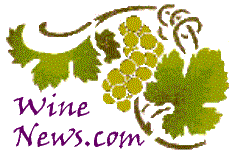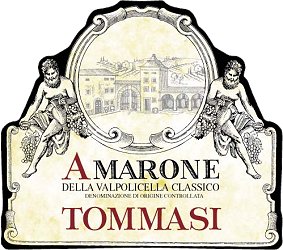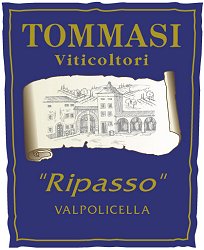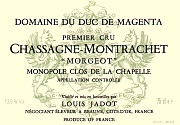How
to Read a Wine Label
The
standards for naming a wine vary depending on its origin. In
many European countries a wine is named for the growing area or appellation
where it originated. For example, Bordeaux Supérieur or Chablis are all French
ACs (Appellation d'Origine Contrôlée); Chianti is an Italian DOCG
(Denominazione di Origine Controllata Garantita), and Rioja is a Spanish DOCa
(Denominación de Origen Calificada). In
some areas like the
Proprietary
names are sometimes used when a wine doesn't fit into either of the previous
guidelines. For example, a wine might be a Cabernet Sauvignon/Cabernet
Franc/Merlot blend. Since it doesn't
contain 75 percent of one grape variety, it cannot (in the
The
label information regarding the type of wine is very general, usually in the
form of basic terms like "red table wine," "dry red wine,"
"white wine," "still white wine," or "sparkling
wine." Such terms simply place the wine in a generic category. In
the
The
name of the producer is often the most important information on the label.
That's because some producers have a reputation for producing high-quality wines
year after year, whereas others have sporadic or less than stellar records. For
example, a single grand cru vineyard in burgundy can have numerous producers,
with some making consistently higher-quality wine than others. The name of the
producer can be the name of a winery in countries like the
The
name of the bottler is often the same name as the producer, but sometimes a
company other than the producer actually bottles the wine.
In such a case the label would read something like: "Bottled For ABC
Winery by XYZ Company." A label that says "Estate Bottled" means
the wine was bottled by the producer.
The country of origin is the country where the wine is produced. However, depending on that country's laws, it may not necessarily be where all the grapes were grown.
The quality of the wine is often implied by the rating the wine receives in the producing country's appellation system, and sometimes by wine type. For example at the lowest level of Italy's quality ranking are the vino da tavola wines (table wines), surpassed by vino tipico wines, Denominazione di Origine Controllata (DOC) wines, and the highest level, Denominazione di Origine Controllata e Garantita (DOCG) wines. Although choosing an Italian wine of DOCG status doesn't always mean it will be better than those of lesser rankings, it usually indicates a wine of high quality.
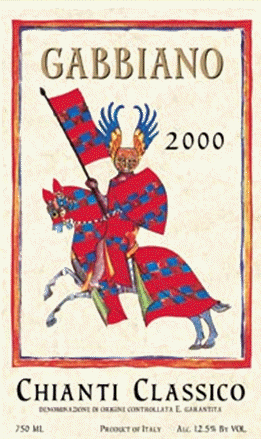 Vintage
Vintage
The
year indicated on a wine label is the vintage, or the year the grapes were
harvested. In the
Alcohol
by volume information is typically included
on wine labels. For table wine, the
A
typical full-size wine bottle holds 750ml (milliliters).
The volume figure, such as 750ml or 1.5l (liters), is sometimes molded
into the bottle glass rather than printed on the label. Therefore, if the label
doesn't designate the bottle size, check the base of the bottle for the
indication.
The
words "Contains Sulfites" indicate that sulfur dioxide (SO2) — a
colorless, water-soluble, nonflammable gas — was used somewhere in the
grape-growing or winemaking process and that the resulting wine contains 10 ppm
or more of sulfites, which can cause severe allergic reactions in certain
individuals. Sulfites are used as a
preservative either on the grapes just after picking, or possibly later in the
wine making process.

Information and tips for finding end enjoying everyday wines from Europe and other major wine regions:
Search the Blogs
Copyright WineNews.com 2009
